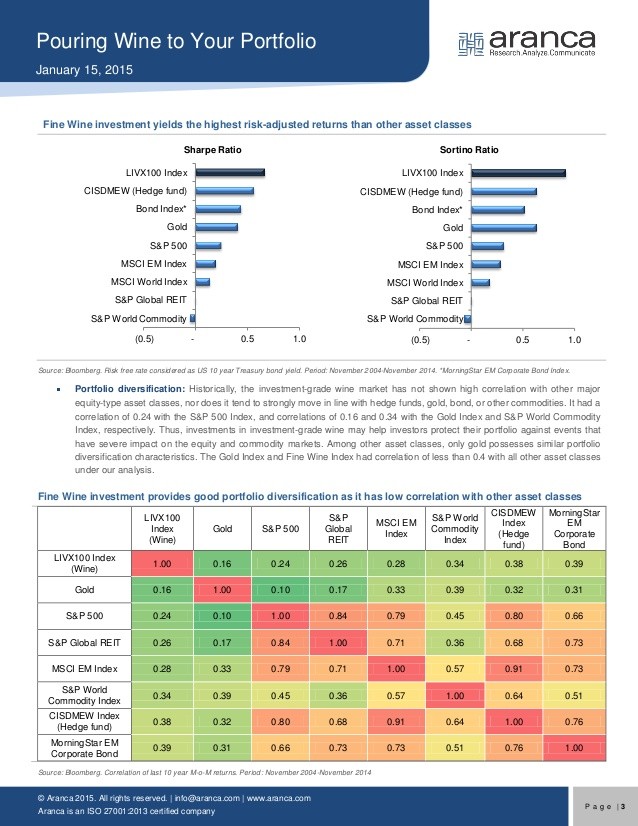High Return Investing How To Invest In Fine Art
Post on: 15 Май, 2015 No Comment

Frame this: Fine art fund investors can realize between 10 and 20 percent annual returns.
Andy Warhol once said that what was great about America was that it started the tradition where the richest consumers buy essentially the same things as the poorest.
In some ways, he had a point. Americans of every income group shop at Walmart (WMT ), eat fast food at McDonald’s (MCD ) and buy the latest smartphones. But when it comes to Warhol’s own work and that of his colleagues, his argument falls flat. There’s nothing democratic about the fine art market.
How It Works: Investing in fine arts can mean buying a famous piece at auction and flipping it once it appreciates, buying art for a personal collection that doubles as a rainy-day fund, or investing in unregulated fine art funds. None of these methods is for the everyday investor. Fine art funds can require a minimum investment of $250,000, and you need to be worth 10 times that amount to even get a seat at the table.
Funds have two levels of investors — those who actually front the money to buy the works, and those who invest in ownership of a small fraction of a work or several works. Fees total about 5% of the art’s overall worth and 20% of any profits. It’s difficult to cash out on a whim because you don’t actually own anything in its entirety; you can only trade out your share.
Who’s Investing and Why They’re So Good at It: Record mogul David Geffen has famously sold works by Jackson Pollock, Willem de Kooning and Jasper Johns for hundreds of millions of dollars each. When he sold Pollock’s No. 5, 1948 for $140 million in 2006, it was the highest price ever fetched for a painting.
Art consultant Kim Heirston guided Jay-Z into investing in Damien Hirst and Richard Prince. Jennifer Aniston — who had one of her own paintings exhibited at the Metropolitan Museum of Art when she was 11 — bought Robert Motherwell’s Throw of Dice #17. 1963, at Christie’s in 2008 for $1.2 million.
What They’re Making: Philip Hoffman, who manages the Fine Art Fund, estimates that fund investors realize between 10 and 20% annual returns. I bought an Old Master painting on Oct. 1, the day the catastrophe hit Lehman Brothers, for $4.75 million. I sold it one day later for $6 million, Hoffman told The Street.
Actor Hugh Grant bought a Warhol Elizabeth Taylor in 2001 that he sold in 2007 for $18 million. about 10 times what he paid for it.
According to the Mei Moses Art Index. which charts art auction prices, 2010 returns outperformed the S&P 500. In addition the most recent ten and five year compound annual returns for art, 4.86% and 3.59%, exceed the S&P returns of, 1.35% and 2.28%, respectively.
Most recently, a 1932 Picasso sold for $40 million at a Sotheby’s auction in London. The painting was only expected to fetch something between $19 and $29 million.
Why They Really Do It: Fine art collecting and investing is, above all, aspirational; it adds a patina of elitism to newly minted earnings. David Geffen, for example, is a Brooklyn-born son of immigrants. Businessman Eli Broad. who graduated from a Detroit public school, went on to found LA’s Museum of Contemporary Art. The terrific documentary Herb & Dorothy tells the story of Herbert Vogel, a postal clerk, and Dorothy Vogel, a librarian, who together managed to build one of the most important contemporary art collections in history with very little capital to invest.
How to Get Started: Find a mentor like Heirston, ideally an independent art dealer with relationships with many galleries who is an expert not only on what’s hot in the market now, but who’s been through several market cycles and is an authority on art history in general. As developer Aby Rosen told New York magazine regarding Heirston’s 10% commission, For the fee, you get such security that you don’t mind paying.
Although contemporary art as an investment vehicle is less predictable than Old Masters or post-World War II pieces, it’s also much more accessible. Hone your eye, and you can pick up a piece or 10 from a relatively unknown artist at a contemporary fair like Art Basel. You can even, as contemporary art collectors Mera and Don Rubell did for Purvis Young, discover an artist and create a market for him or her.
Amateurs Be Warned. Chicanery is the coin of the art realm, where successful forgeries still occasionally slip through. The uneducated are ripe for fleecing by the unscrupulous.
Even assuming good faith all around, there’s pushback about officially recognizing art as a security, as Russia and India have already done. The resistance comes both from respected collectors, who see this level of commoditization as vulgar, and from art dealers.
The president of the Art Dealers Association of America, Lucy Mitchell-Innes, told the New York Times outright that she would never let one of her artists sell to a fund. Generally we resist seeing art as another financial instrument, she said. None of us go
into this market to trade commodities.
Even dealers who deign to work with funds will likely horde the good pieces for their private clients, leaving funds to divvy up the lesser pieces at inflated prices, Harry Smith, CEO of appraisal firm Gurr Johns, opined to Times. The headwinds art funds are facing is that the things they want to buy are expensive, and the things that are cheap they shouldn’t be buying, Smith said.














